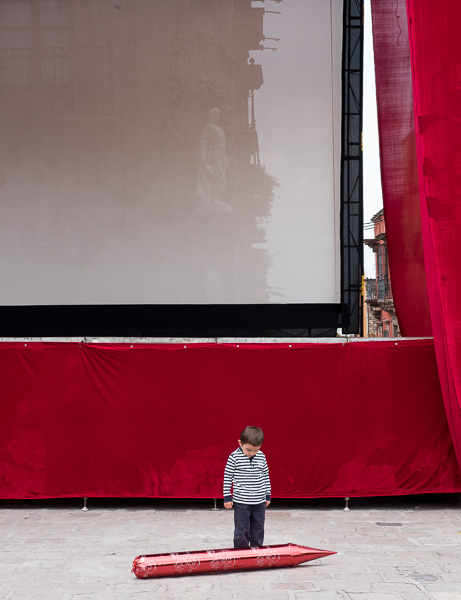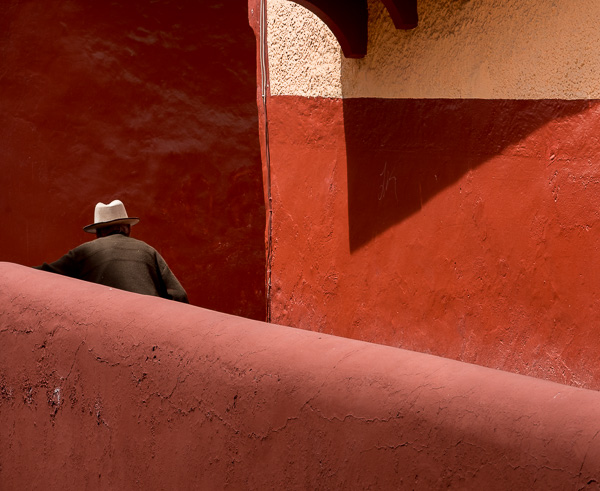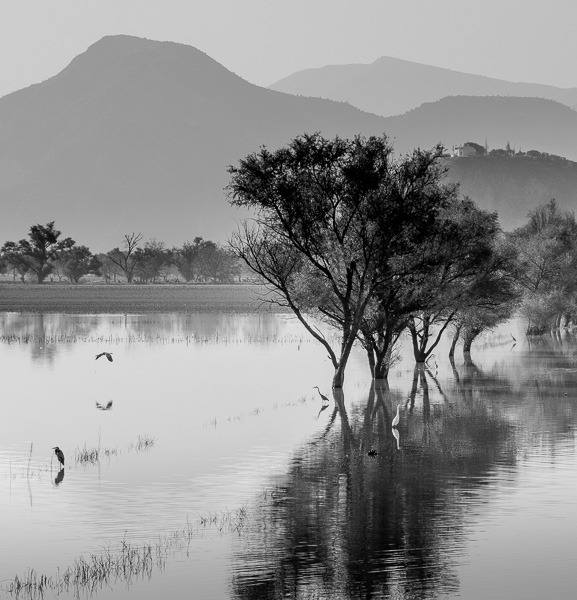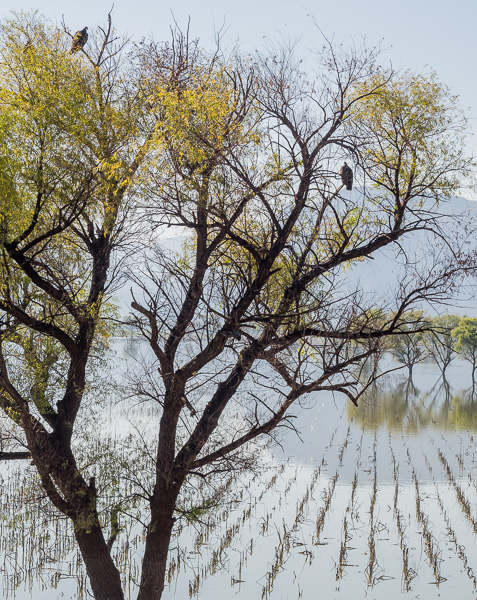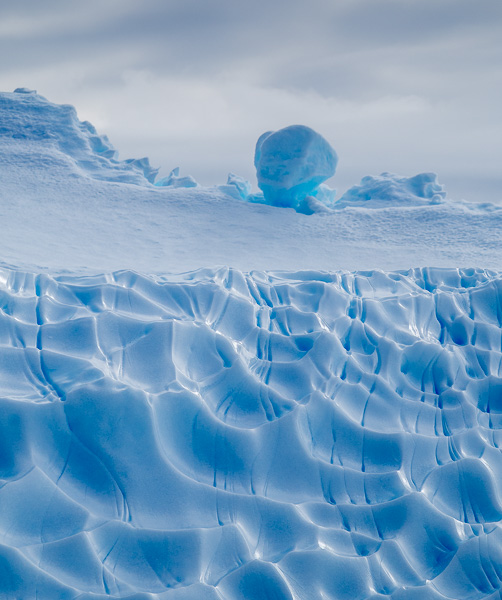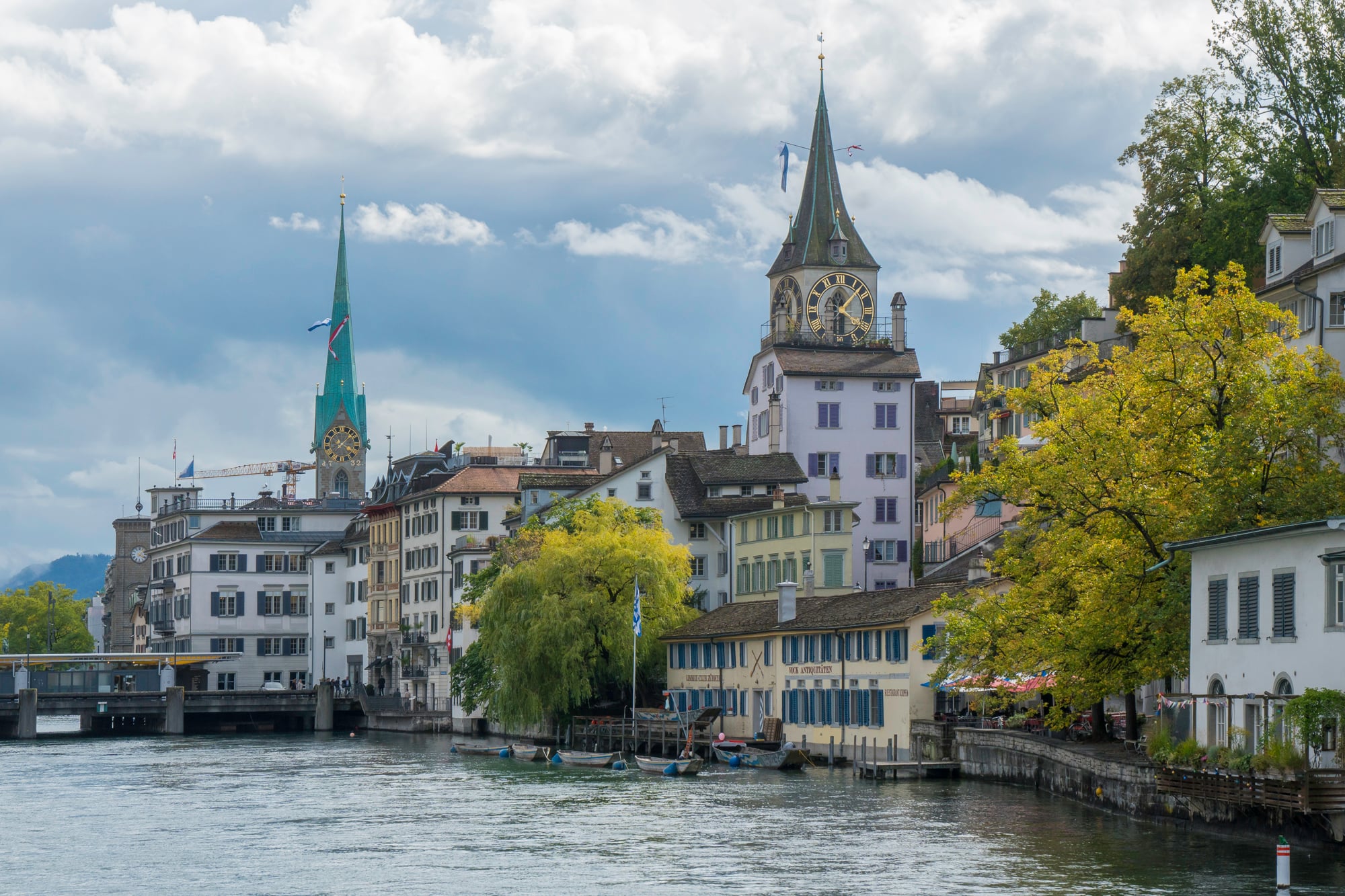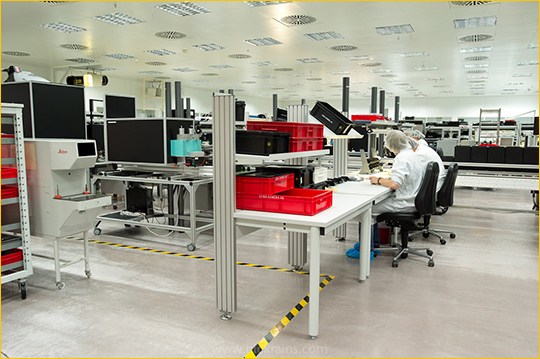
I remember when I first used a Leica camera. It was back in 1986 when I was photographing the Americas Cup in Fremantle. Local WA photographer Roger Garwood had invested in an R4s system and showed me the results on Kodachrome. I was intrigued, not to mention impressed, and borrowed an outfit from what was then Perth Pro Sales. The results were quite remarkable. I was used to the contrast of the Nikon and Canon systems; the Canon L series glass was awesome, less contrasty than the Nikons but still more contrasty that the Leica. It was this ‘openness’ of image that attracted me to the Leica results, something that is hard to pin down but is quite obvious when you see it. I was not in a position to buy the R4s in those days, but I remember clearly the build quality, the image quality and the overall feel of the hand-built cameras and lenses.
Fast forward to 2010 – I was invited to become the Leica S2 Ambassador in Australia and started to use the S2 as my ‘large format’ camera much as I used to do when I used actual large format film in a 4×5 field camera. (Of course I am still using my Canons for specialist 35mm style work like wildlife, macro, long lens and flash work, plus of course video, and all my printing is done on Canon printers these days. ‘Horses for courses‘ I say, no camera is capable of shootingallstyles so I tend to use therightcamera for the job.)
It was therefore a great opportunity to be invited to the Leica factory in Solms, not far from Frankfurt in Germany, to see for myself how Leica run their manufacturing processes and to be able to talk to the technical people about the philosophy and technology behind this remarkable camera.
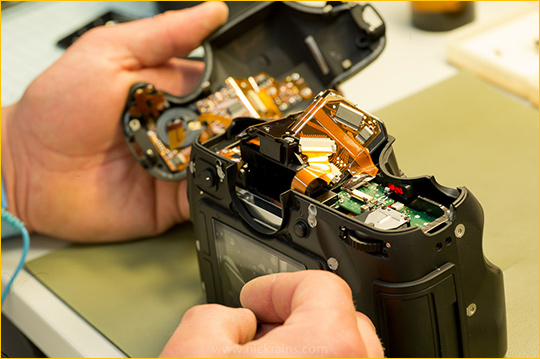
Leica S2 Assembly
Solms
On the first day our group (Australian Leica retailers’ staff) visited the factory and were able to look through the glass walls to see the factory floor where white suited technicians were assembling lenses and camera bodies. Surprisingly it’s not a big place, computer controlled lens element grinding machines, camera focus calibrators, and lots of complicated machines of diverse and varied functions, are packed into a relatively small area which gives a clue as to why Leica camera products are in somewhat short supply these days.
There is nowhere, at present, to expand into. Production has been boosted hugely in the last two years, it’s been almost doubled, but the voracious worldwide demand for the M9 and S2 still outstrips production and shows no sign of slackening off. These are hand made products – quite literally. It’s why they are desirable in the first place and the process can only proceed so fast. I’m told it takes 8 hours to assemble an M9 body and having seen the care and precision with which they are assembled, I can certainly believe it.
This unprecedented demand is remarkable; the M9, for example, was projected to sell 14,000 units over its production life. Currently that production life is still underway and they have sold over 30,000 units so far. Revenue has jumped from 150M Euros to 250M Euros, and is projected to exceed 500M Euros over the next few years. Every lens made is sold, and this gives a clue as to why the release of new lens designsappearsslow. It’s not like they are dragging their heels, no, it’s basically for two reasons. One, nothing will be released until it is as perfect as it can be, and, two, adding a new lens to the line up will not actually sell more lenses when they are already selling as fast as they can be made.
There are plans in progress to move to a new purpose built 25,000 square meter facility back in Wetzlar in 2013. The architects’ drawings look impressive – the proposed factory complex is considerably bigger and is topped off by what looks like 35mm film spooling around the upper floor making the building look very modern and stylish. There will be a gallery, show room and a bigger factory floor capable of doubling the current production capacity, but in the meantime the Solms factory is pretty much ‘maxed out‘.
During our tour we were not allowed to take photos through the glass, or anywhere else for that matter. Fortunately, for me, I was allowed to re-visit the following day and was granted a 30 minute opportunity to go inside the clean room (wearing a hair net, white coat and shoe coverings) to take some images of the S2 and M9 camera assembly room.
I have been photographing for almost 30 years, I have worked under intense pressure, in difficult situations, and in privileged places but having just thirty minutes to make some quick images of such a fascinating and significant place was daunting to say the least. I grabbed my S2, the 35mm and 120mm lenses, and that was it, no bags allowed in, but luckily I was allowed to take in my Gitzo tripod.
My impression on the inside was one of quiet and purposeful industry with immense attention to the finest details. Everyone was focussed on the task in hand and, more importantly, everyone appeared to be taking great care in their work. There was no idle chatter, no distractions, no superfluous activity, but at the same time it was not tense or ‘pressurised’. Just a group of skilled craftsmen (and women) going about their tasks quietly and efficiently.
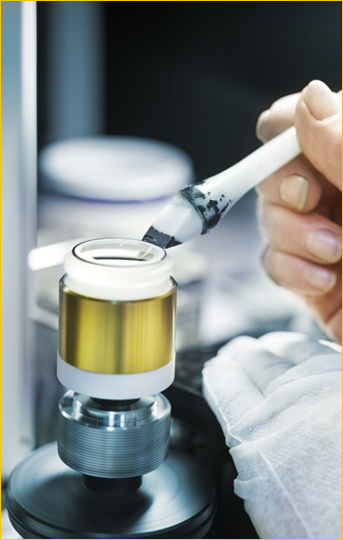
As an example, I was able to watch the antireflection coating being applied to the edges of each glass element that combine to make a lens. This is essentially a coat of black paint on the outside circumference of each glass element; every element needs such a black rim to reduce the possibility of stray light scattering inside the lens, thus reducing contrast. This coating is applied by hand to each and every element. Apparently the machines were simply not able to perform to the level of consistency that Leica required. There are four technicians with the required level of skill, only four. That means that every lens made (and they produce a lot, maybe 1,000 per month), containing multiple lens elements, will have had each one hand painted around its edge by one of four people.
This is what you are paying for – not only are the products of superb quality but their hand-crafted nature appeals to many people in this era of mass production, short product cycles and the emphasis on more bells and whistles to shift boxes off shelves. Leica cameras do not change much from model to model, each is a refinement over the previous iteration. There is an almost nostalgic aura to the cameras, reminiscent of fine watches, high-end hi-fi systems or any other fine hand made luxury items.
I get all this, and I quite like it on a personal level, but at the end of the day a camera has to perform its task, not just look and feel good. I have an old Rolex Tudor watch which I adore – it keeps quite poor time being fully mechanical, but I love the feel of it and would never swap it for a digital watch that is accurate to one second every century. Fortunately, Leica cameras not only look and feel good, but they also perform at the highest levels. Images from the M9 can be every bit as good as those from a top of the line Canon or Nikon; actually, given the uncompromising quality of the optics, probably even better. The S2 is also a delight to use and the results are second to none, so you are getting genuine value for money – a lot of money to be sure, but then you do get a lot in return.
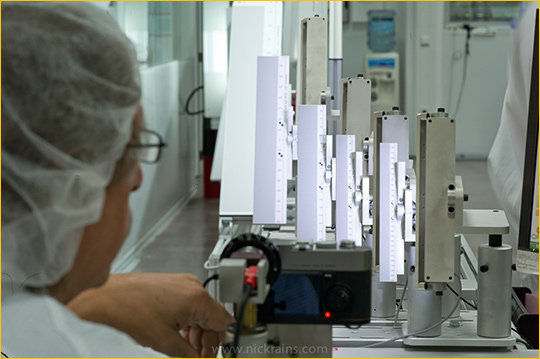
Checking M9 Focus
Conversations
After my visit to the heart of the factory I was able to spend some time with some of the production and development team, people like Stephan Schulz (Head of Professional Imaging), Maike Harberts (who lead the original development of the S2), Gerald Wagner (Service Manager) and Andreas Dippel (Public Relations).
I spoke to Stephan Schulz at length and was able to put some questions to him; I will present our conversation in an interview style but this is not a transcript, more of a summary, and should not be taken as verbatim.
When will we see the CS lenses?
We had some issues with some suppliers of parts for the very precise shutter mechanisms and we had to change the way they are made and assembled. We are testing the new shutters now, probably through until September at the earliest. We won’t release them until they are as precise as possible.
I’m told there is a new 30mm due out ‘very soon’, when will we see this lens?
Very soon. (grin) You will be very happy with the new lens. It is maybe a little better than the current 35mm with almost perfect edge sharpness. It’s almost the same size as the 35mm but it is f2.8, not f2.5 like the current lens.
When will we see the 30-90mm zoom?
Again, it is definitely part of our roadmap and will be released as soon as it is finished. We are aiming for a very versatile design, so it will be smaller than you expect, and there will not be a CS version. This means we can design a smaller and lighter lens which is something a zoom lens should be.
Will we ever see LiveView on the S2 or future models?
Not with a CCD sensor. It is not possible. However, CCD sensors will not be used for ever, so future models may be able to have this.
Given that other brands are continually increasing their megapixel size, will Leica be following the same trend?
No, no more megapixels. It is enough we think. Future development will be concentrating on shooting rates, lower noise, higher Dynamic Range and higher ISO abilities.
There is a rumour on the Internet Forums that the histogram on the S2 is raw based – is this true?
No, it is based on the jpeg preview. A histogram from raw data is not possible as the image cannot be said to exist yet. A white balance needs to be chosen and the red blue and green channels need to be combined to give a meaningful histogram. So we always give you more than you think. If your histogram is good, then you will actually have more data in the raw file than you expect.
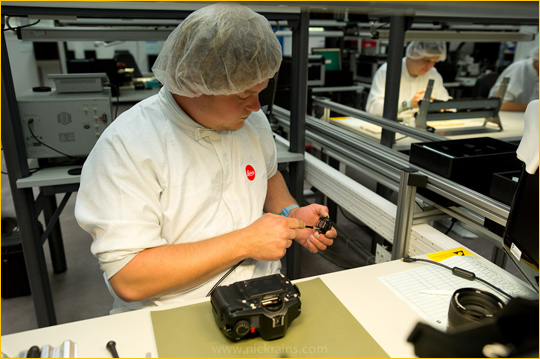
The Future
Early in the last decade Leica cameras were not setting the world on fire. The brand was strong, the product was solid but sales were heading in the wrong direction. The DMR Digital Module-R for the R8 and R9 was brilliantly innovative back in 2003 and at 10MP was very competitive (given that the opposition brands were still offering 6MP cameras like the Canon D60 and the premium priced 11MP Canon 1Ds), but never really caught on. Then the R9 and the R-Series was discontinued in 2009. The M8, a digital version of the M7 with a 10MP crop sensor came out at the end of 2006 and was well received, although it had some teething problems that were rather exaggerated by the internet forum pixel peepers.
I asked Stephan Daniel, Director of Product Management, about the beginnings of the newly found success of the company and he told me that “The roots were laid out (the developments started) in 2007/2008 which resulted in the success starting 2009 and which is continuing still today.”
I asked what were the main reasons for the turnaround. He added “First of all, successful important products such as M9, S2 System, X1 and the compact cameras. Furthermore, the development in the Leica Store concept (now more than 50 stores / boutiques worldwide) and last but not least the growing markets in Eastern Europe and Asia.”
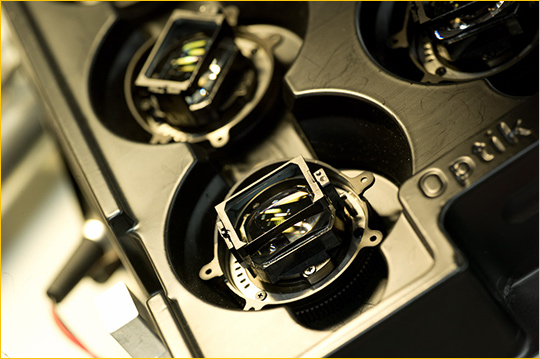
Leice S2 Eyepieces
The M9 is a sensational camera, and, at 18MP with no anti-alias filter and superb optics, rivals the 20+ MP offerings from Canon, Nikon and Sony. Sales of this camera took off and show no sign of abating so the pressure to bring out a new model (M10) at Photokina 2012 is probably less intense. With noconfirmedcomments to support this I’d expect to see the M10 still running an 18MP sensor, along with some ergonomic changes, better high ISO performance and maybe a faster shooting rate. None of that is particularly surprising –if it ain’t broke don’t fix it!
Then there is the rumoured ‘compact mirrorless system’, also slated for a 2012 release. Obviously there is a broad price gap between the X1 and the M9 – and a prudent manufacturer will want to fill that gap. There are also a lot of R-Series and M-Series lenses out there so maybe we will see some sort of EVF-based camera, not unlike the X1 which takes interchangeable lenses from these two systems either by adapter or built in. I guess we will all have to wait and see!
The S2 remains a runaway success. Even at its current lofty price point demand outstrips production. At the time of writing it’s almost three years since its announcement back in September 2008 so speculation is rife about a possible replacement model (S3?). Again, given the success of the current model and the clearly stated position of not following the megapixel race, I’d not expect to see a quantum leap, more of a refinement. Think in terms of even better high ISO performance, longer bulb exposures (please!), maybe a faster shooting rate and faster AF.
With all that going on maybe Photokina 2012 will probably see a whole raft of new Leica products – but in the meantime the guys (and gals) at Leica are not giving much away!
September, 2011
About The Author
Nick Rains has been photographing landscapes all over the world since leaving University in 1983. In 1986 he spent a year in Perth, Western Australia covering the Americas Cup for a variety of International magazines such as Yachting World, London Times, and Boat International. Images from this event also appeared in Sports Illustrated, Stern, Paris Match, Regatta and many other well known publications. Over the last 20 years Nick has traveled the length and breadth of Australia covering over 500,000km in his search for fine “Australian” images for the stock photography market. He makes his home in Brisbane, Queensland. Nick is now concentrating on photographic books of his favourite places, the latest title, “Australia’s A Photographer’s Eye” was published by Explore Australia Publishing in late 2009. In between outback trips, Nick shoots commercial and stock photographs at home and overseas as well as editing the magazine Better Digital Camera. He is a Leica S2 Ambassador and a Canon Training Lecturer.
You may also wish to visit Nick’s Web Site (www.nickrains.com), or contact him by e-mail ([email protected]).
Read this story and all the best stories on The Luminous Landscape
The author has made this story available to Luminous Landscape members only. Upgrade to get instant access to this story and other benefits available only to members.
Why choose us?
Luminous-Landscape is a membership site. Our website contains over 5300 articles on almost every topic, camera, lens and printer you can imagine. Our membership model is simple, just $2 a month ($24.00 USD a year). This $24 gains you access to a wealth of information including all our past and future video tutorials on such topics as Lightroom, Capture One, Printing, file management and dozens of interviews and travel videos.
- New Articles every few days
- All original content found nowhere else on the web
- No Pop Up Google Sense ads – Our advertisers are photo related
- Download/stream video to any device
- NEW videos monthly
- Top well-known photographer contributors
- Posts from industry leaders
- Speciality Photography Workshops
- Mobile device scalable
- Exclusive video interviews
- Special vendor offers for members
- Hands On Product reviews
- FREE – User Forum. One of the most read user forums on the internet
- Access to our community Buy and Sell pages; for members only.





